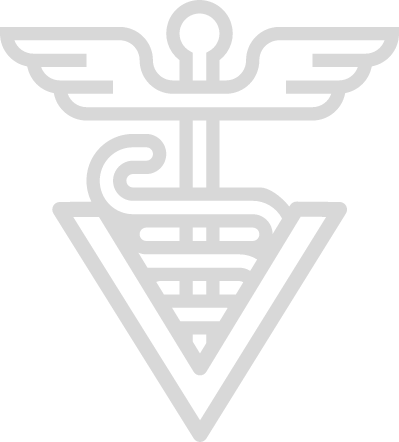
YOU ARE OBSERVING
Back Spasm, Muscles Feel Swollen, Tense or Hard After Exercise
Summary
Muscle spasm and hard swelling in the loin or croup area usually occur as a result of exercise under saddle.
In a recently exercised horse, in combination with other signs (reluctant to walk, distressed, profusely sweating), very hard, swollen and sore muscles of the back, loin and croup are compatible with the condition "tying-up" (exertional rhabdomyolysis). Tying-up is a severe and often very painful condition that is a veterinary emergency. Back muscle swelling or spasm can also be indicative of back spasm or injury from an ill-fitting saddle or from other back disorders.
-
Code Red
Call Your Vet Immediately, Even Outside Business Hours- If the horse has no appetite and is obviously depressed.
- If the results of the Whole Horse Exam (WHE) indicate fever (Temp>101F/38.3C), or heart rate greater than 48 BPM that persists an hour after recovery from exercise.
- If the horse is reluctant to move, along with this sign.
- If the area seems painful to the touch.
-
Code Orange
Call Your Vet at Their First Available Office Hours- If the results of the Whole Horse Exam (WHE) suggest the horse is otherwise normal.
your role

What To Do
If you note this observation but your horse has not exercised recently and seems normal otherwise, this might be normal for this horse. Compare your findings to your other horses and to what you normally observe as "normal" for your horse.Assess the horse's general health using the Whole Horse Exam (WHE), paying particular attention to heart and respiratory rate, attitude, and whether or not the horse is reluctant to move forward. Note the changes in these signs as the horse recovers following exercise. Press on the back and note the horse's response.
What Not To Do
Do not assess, handle or move your horse if they appear to be in significant discomfort.Do not give medications, see an improvement, and assume the horse is fine, without discussing this problem with your vet.

Skills you may need
Procedures that you may need to perform on your horse.
your vet's role

- Did you just ride the horse?
- What is the horse's age, sex, breed and history?
- What is the horse's heart rate and respiratory rate?
- Will the horse walk freely in hand or do they resist?
- How is your horse's attitude and appetite otherwise?
- What is the horse's exercise and performance history leading up to this?
- Is the horse showing any signs of abdominal pain (colic)?
- Did you exercise the horse more than usual?
- What do you feed the horse?
- Do you have medications of any kind?
- What are the results of the Whole Horse Exam (WHE)?
Diagnostics Your Vet May Perform
Figuring out the cause of the problem. These are tests or procedures used by your vet to determine what’s wrong.
Diagnoses Your Vet May Consider
The cause of the problem. These are conditions or ailments that are the cause of the observations you make.
Treatments Your Vet May Recommend
A way to resolve the condition or diagnosis. Resolving the underlying cause or treating the signs of disease (symptomatic treatment)
